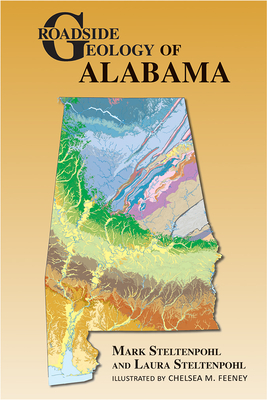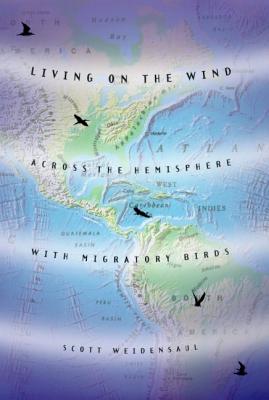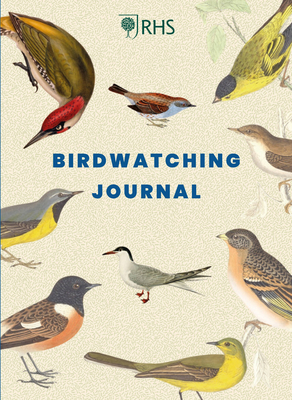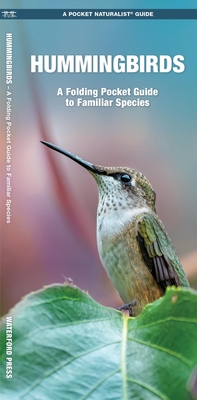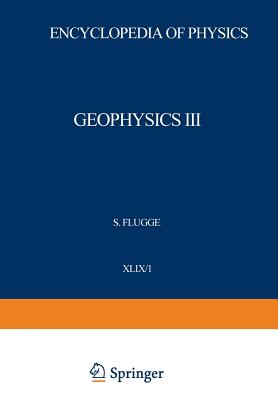
Geophysics III / Geophysik III: Part I / Teil I
Description
0 apparent decrease from the 56 - 58 zone to the 58 -60 zone is due to the lack of data in that region. The lower diagrams seem to indicate that the number of auroras seen in the northermost region (58 -60 ) varies relatively little throughout the year, but at lower latitudes during equinoctial periods the belt in which overhead auroras are seen becomes, on the average, broad. Such a study must be supplemented in the future, particularly in the regions to the north of gm lat. 58 , by all-sky camera data. d) Sunspot cycle. It has long been suggested that the main belt of auroras contracts during periods of low sunspot number; and conversely, at times of large sunspot number, the radius of the main belt is enlarged, moving towards lower gm latitudes. Observing auroras at a station to the south of the (northern) auroral zone, the appearance frequency of auroras increases with increase of the sunspot number (d. MEINEL, NEGAARD and CHAMBERLAIN 1954 50J; see also Sect. 32a and Fig. 51). However, no detailed study of the sunspot cycle variation of the auroral distribution has yet been made in any systematic way. It is expected that iso- auroral diagrams will be constructed from data obtained during the I QSY, which will enable us to compare them with the IGY isoauroral diagrams, such as that produced by FELDSTEIN and SOLOMATINA (1960 18J). SO far, the information available on this subject is fragmentary.

